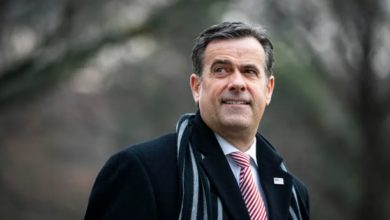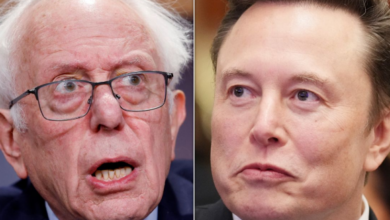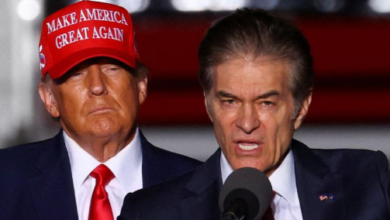AFL-CIO To Invest Millions In New Worker Organizing Efforts

The AFL-CIO labor federation is increasing the fees paid by its member unions to fund more organizing and help restore union membership after years of decline.
The federation’s board voted to approve a new measure Wednesday that will raise the per-capita contributions each union makes based on the size of its membership. Once the phased increases are in place, they would bring in roughly $11 million annually, all devoted to organizing campaigns.
The pot of money would go toward a new department within the federation called the Center for Transformational Organizing, where organizers and researchers will develop campaigns to boost union density in industries where organized labor has struggled to gain traction.
Liz Shuler, president of the AFL-CIO, called the new fee structure an “unparalleled investment” at a time when workplaces are ripe for unionization.
“After decades of struggle, we’re in a moment infused with excitement, energy and hope,” Shuler said in a statement. “Every working person in this country should have the freedom to form or join a union and collectively bargain a contract that delivers fair pay, good benefits and a safe and healthy working environment.”
U.S. companies have recently faced a burst of organizing by their employees, with workers filing for union elections at a rate not seen in years. But despite the recent successes at companies like Amazon, Starbucks and Apple, the long-term trend for unions has not been good. These days just one in ten U.S. workers belongs to a union, roughly half the rate of 40 years ago.

The AFL-CIO, which is not a union itself but an association of 58 unions, hopes the new infusion of organizing resources will help turn those membership numbers around. The general board that approved the fee increase includes representatives from all the member unions, meaning those union leaders decided to increase the amount they pay to the AFL-CIO.
Under the current per-capita structure, unions pay 65 cents per month for each worker to be part of the AFL-CIO. That fee will go up to 75 cents following two 5-cent bumps, the first of which comes early next year. With roughly 9 million workers subject to the monthly fee, the increase would bring in approximately $10.8 million per year based on current membership numbers.
The AFL-CIO said it marks the federation’s first increase in per-capita fees in 17 years.
“After decades of struggle, we’re in a moment infused with excitement, energy and hope.”
– Liz Shuler, AFL-CIO president
Some recent organizing breakthroughs have come from AFL-CIO member unions, like the International Association of Machinists and Aerospace Workers, which formed the first union at an Apple Store in June. But the historic campaigns at Starbucks and the Amazon JFK8 facility in New York were carried out by non-AFL-CIO unions.
The federation recently set a goal of organizing a million more workers over the next decade, a target some said was not ambitious enough when it was rolled out at the federation’s convention in June. But Shuler defended the proposal as a number that people could rally around. “It’s a target,” she said, “it’s a threshold that we could get every union in the federation to buy into, which is a feat in and of itself.”
The new cash infusion in organizing comes when several factors are in unions’ favor. The unusually tight labor market has given workers more leverage with their employers, and the frustrations of working through the pandemic have made many eager to improve their pay and working conditions. Still, it would take organizing on a massive scale to restore union density to what it previously was.
D. Taylor, president of UNITE HERE, one of the federation’s member unions representing hotel and food-service workers around the country, applauded the fee increase and said unions should take chances right now.
“There has not been a hotter moment to organize in decades than right now,” Taylor said. “Workers are fed up with extreme inequality and exploitation and ready to fight to improve their conditions. Now is the time to throw everything at the wall and take bold risks.”
[ad_2]
Source link





